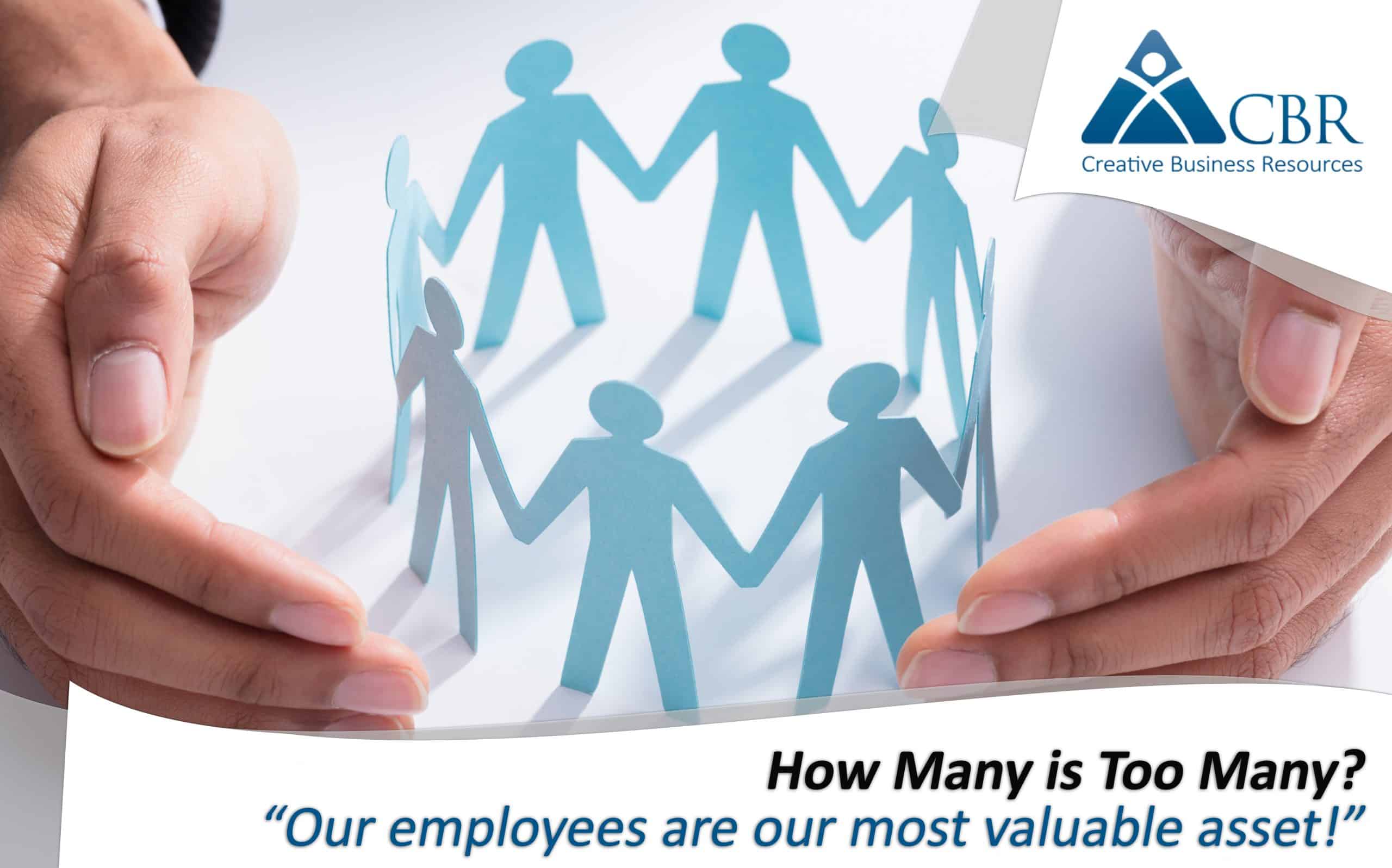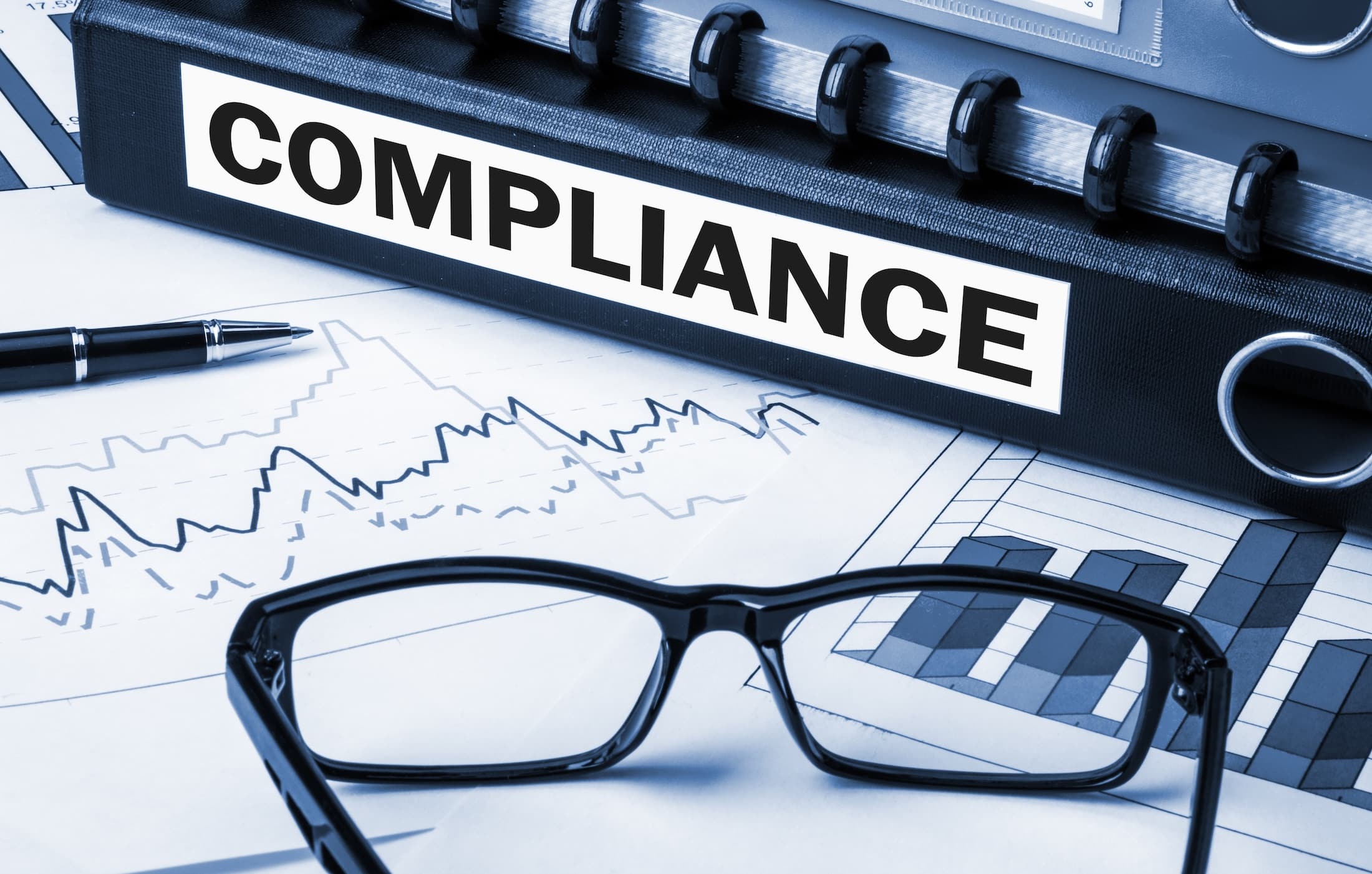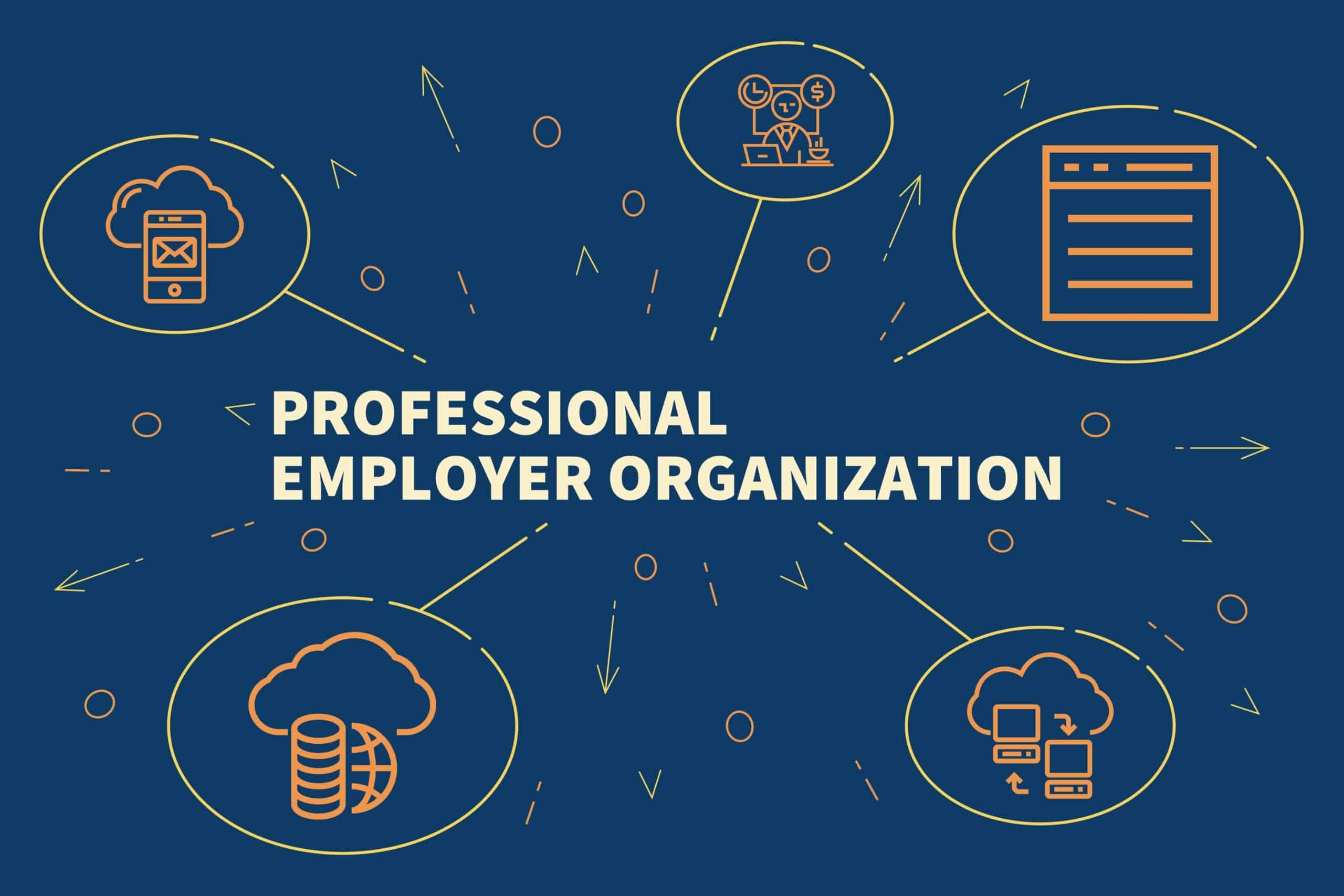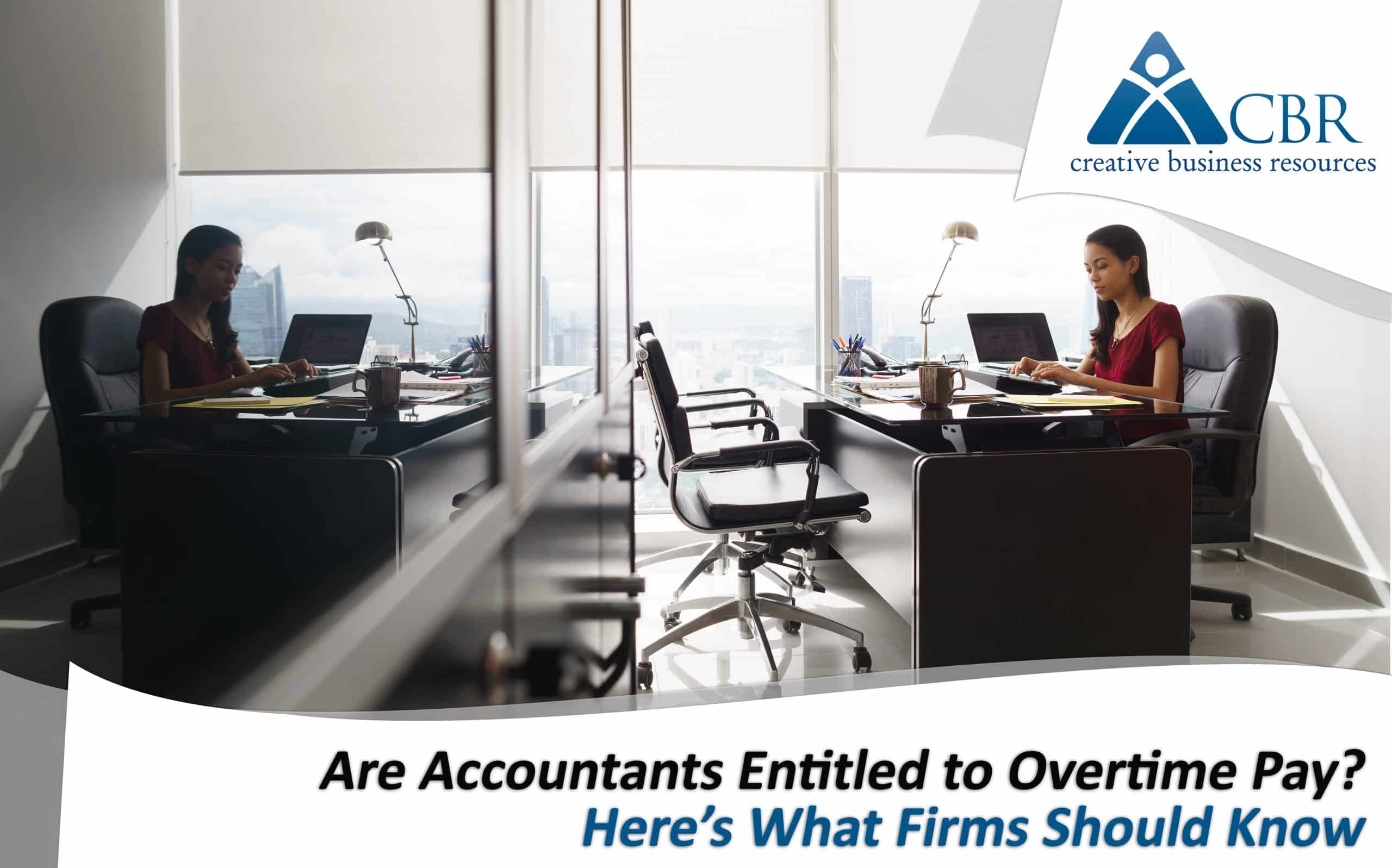“Our employees are our most valuable asset!”
What business owner would ever deny the value of his (or her) workforce? After all, almost 100% of American companies would go out of business without employees! They are essential to the success of almost any organization. Yet, how valued are your employees once safety enters the conversation?
When it comes to safety, these are things we often hear:
“Accidents are bound to happen…we can’t avoid them!”
“We’ve been doing things this way for 30 years.”
“That’s what workers’ comp insurance is for.”
“There is no such thing as a hazard-free workplace.”
“Safety takes too much time and is too expensive.”
Those are not attitudes of a company who highly values its workers! So, which is it? Let’s go a step further. Imagine gathering all your employees in front of you. Now, choose 3% of your workforce you would like to see injured and missing work this year.
“Ridiculous!” you say! “I don’t want to see any of my workers injured!” Good answer…but does your commitment to safety reflect that priority? You see, no one wakes up in the morning with this thought: “I think I’ll get injured today.” Neither does an owner or supervisor greet the dawn with “Well, today’s the day Wally Worker gets injured.” Yet, according to the most recent Bureau of Labor Statistics, roughly 3% of America’s workforce is injured each year. (For some industries, it is over 5.5%.) Worse still, according to OSHA statistics, 4.1 million are seriously injured and 12 workers/day die due to work-related incidents.
If every worker is valued, how does that happen? More importantly, how do we keep our workers from becoming statistics? To move toward the solution, let’s ask 4 key questions:
- What does your company’s culture allow? Does your company have a written position statement regarding safety, and is it followed? Do your supervisors have incentive to ensure things are done the right way, or are they allowed to turn a blind eye to unsafe acts and conditions? Is it ok for a worker to work dangerously if it gets the job done faster?
- What does your company’s safety program include? Does your company have a written safety manual that is used as the backbone of training? Does your safety program include accountability of both supervisors and front-line workers? Are all employees actively involved in recognizing, reporting and correcting hazards?
- What measures do you have in place? Injury statistics are “downstream” measures, telling you what has already happened. Have you considered “upstream” measures such as:
- Activity-measuring: Identify safety measures you want workers to accomplish and measure them. (Example: awards for employees who identify, report and/or correct safety hazards BEFORE an accident occurs.)
- Track behaviors: Compile reports of how often workers use safe behaviors vs unsafe behaviors. Try “catching” employees doing something safely…and reward them!
- Survey front-line workers: Ask front-line workers what their perception of safety is and compare their insights to that of management. Often front-line workers are much more aware of hazards than management is.
- Are your safety tools easy to use? Does your company employ simple checklists to ensure that equipment is in working order, workspace is clean, etc? Are safety talks short, to-the-point and relevant to the job at hand? Does your company have a super-efficient way of reporting hazards, near-misses and injuries?
Employees truly are valuable assets, and one injury is too many! Protecting them is the responsibility of every business owner and supervisor. The truth is that accidents are avoidable and hazard-free workplaces are possible. When simple, basic safety programs are mandated by owners and upper management, it dramatically decreases the chances that your workforce will be among the 4 million+ hit by the injury bug!
And oh, by the way…safety programs cost very little and can save your company the costs of lost time, damaged equipment, replacement employees and increased workers’ comp costs!
CBR provides these services free of charge to clients within our workers’ comp program. If you’re not taking advantage of this opportunity, why not today?
What business owner would ever deny the value of his (or her) workforce? After all, almost 100% of American companies would go out of business without employees! They are essential to the success of almost any organization. Yet, how valued are your employees once safety enters the conversation?
When it comes to safety, these are things we often hear:
“Accidents are bound to happen…we can’t avoid them!”
“We’ve been doing things this way for 30 years.”
“That’s what workers’ comp insurance is for.”
“There is no such thing as a hazard-free workplace.”
“Safety takes too much time and is too expensive.”
Those are not attitudes of a company who highly values its workers! So, which is it? Let’s go a step further. Imagine gathering all your employees in front of you. Now, choose 3% of your workforce you would like to see injured and missing work this year.
“Ridiculous!” you say! “I don’t want to see any of my workers injured!” Good answer…but does your commitment to safety reflect that priority? You see, no one wakes up in the morning with this thought: “I think I’ll get injured today.” Neither does an owner or supervisor greet the dawn with “Well, today’s the day Wally Worker gets injured.” Yet, according to the most recent Bureau of Labor Statistics, roughly 3% of America’s workforce is injured each year. (For some industries, it is over 5.5%.) Worse still, according to OSHA statistics, 4.1 million are seriously injured and 12 workers/day die due to work-related incidents.
If every worker is valued, how does that happen? More importantly, how do we keep our workers from becoming statistics? To move toward the solution, let’s ask 4 key questions:
- What does your company’s culture allow? Does your company have a written position statement regarding safety, and is it followed? Do your supervisors have incentive to ensure things are done the right way, or are they allowed to turn a blind eye to unsafe acts and conditions? Is it ok for a worker to work dangerously if it gets the job done faster?
- What does your company’s safety program include? Does your company have a written safety manual that is used as the backbone of training? Does your safety program include accountability of both supervisors and front-line workers? Are all employees actively involved in recognizing, reporting and correcting hazards?
- What measures do you have in place? Injury statistics are “downstream” measures, telling you what has already happened. Have you considered “upstream” measures such as:
a. Activity-measuring: Identify safety measures you want workers to accomplish and measure them. (Example: awards for employees who identify, report and/or correct safety hazards BEFORE an accident occurs.)
b. Track behaviors: Compile reports of how often workers use safe behaviors vs unsafe behaviors. Try “catching” employees doing something safely…and reward them!
c. Survey front-line workers: Ask front-line workers what their perception of safety is and compare their insights to that of management. Often front-line workers are much more aware of hazards than management is. - Are your safety tools easy to use? Does your company employ simple checklists to ensure that equipment is in working order, workspace is clean, etc? Are safety talks short, to-the-point and relevant to the job at hand? Does your company have a super-efficient way of reporting hazards, near-misses and injuries?
Employees truly are valuable assets, and one injury is too many! Protecting them is the responsibility of every business owner and supervisor. The truth is that accidents are avoidable and hazard-free workplaces are possible. When simple, basic safety programs are mandated by owners and upper management, it dramatically decreases the chances that your workforce will be among the 4 million+ hit by the injury bug!
And oh, by the way…safety programs cost very little and can save your company the costs of lost time, damaged equipment, replacement employees and increased workers’ comp costs!
CBR provides these services free of charge to clients within our workers’ comp program. If you’re not
taking advantage of this opportunity, why not today? Call us today at 602-200-8500 or contact us online to get in touch with one of our highly trained professionals.
































Leave A Comment
You must be logged in to post a comment.